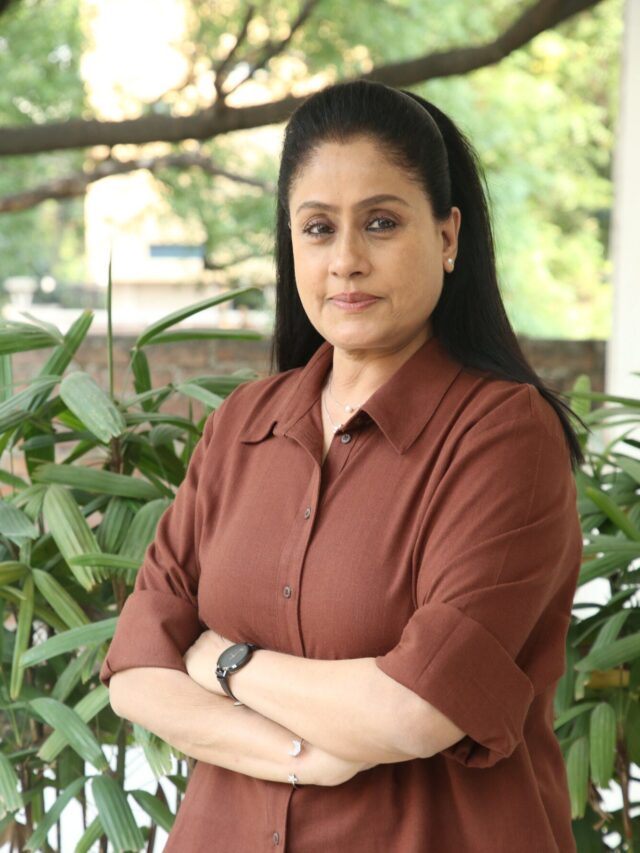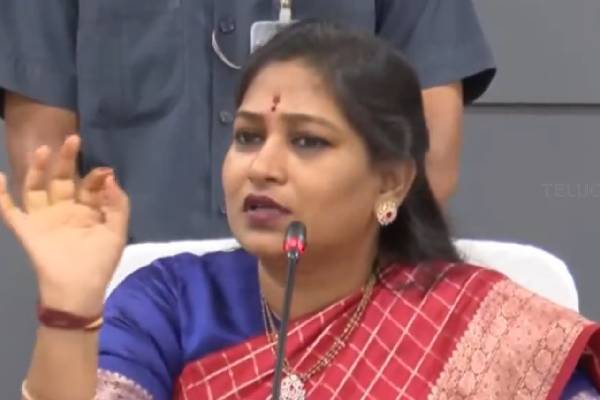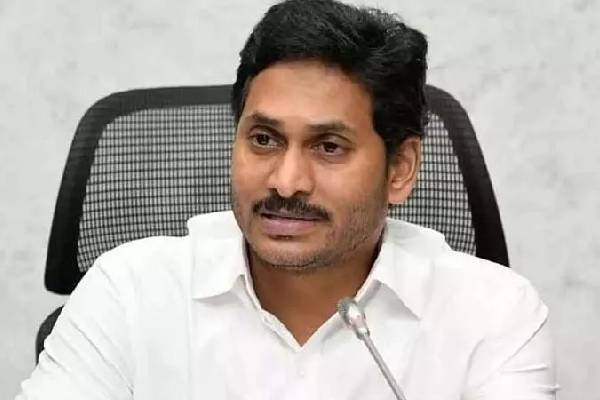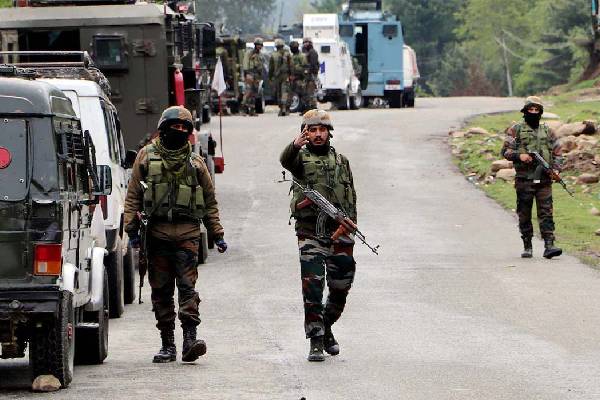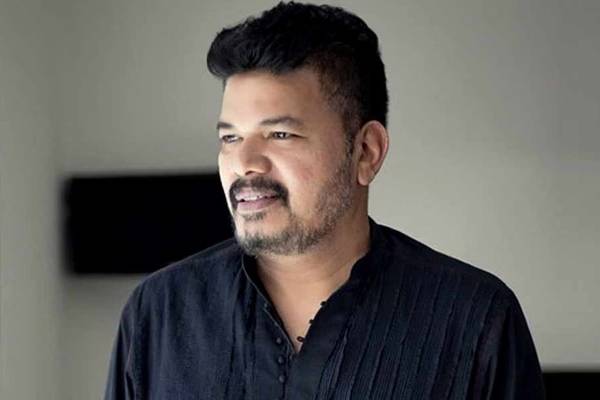Big changes are happening in Andhra Pradesh villages, all thanks to Andhra Pradesh Deputy Chief Minister Pawan Kalyan’s strong efforts. His water projects have brought new hope to dry areas, helping villages get proper water supply and making life much easier for the people.
In many villages, old hand pumps are now gone. Instead, water is coming directly to homes through underground pipes. This is happening in districts like East Godavari, Krishna, Eluru, and Srikakulam.
Saraswathi from Ponduru Mandal, Srikakulam, says, “For years, we walked 2 kilometers daily for water. Now, I get water right in my kitchen. It feels like a dream.” Now, more than 85% of homes in these areas have working tap connections. Women no longer spend 3 hours every day just to get drinking water.
The Jalasamruddhi project is helping farmers a lot. More than 12,000 acres of farmland that earlier depended only on rain now have irrigation water. Venkatesh, a farmer from Krishna district, says, “Earlier, I could grow only one crop during monsoon. Now, I’ve grown paddy and vegetables in the same year. My income has doubled.”
The project also uses modern methods like drip irrigation to save water and cover more land. Officers say water use has come down by 40% compared to old methods. These projects also care for animals. In villages near forests, new water points are made for cows, goats, and wild animals. These help during hot summer months.
Ramayya , a cattle herder from Eluru, says, “Before, many cows died in summer. Now, not even one has died, even though temperatures are very high.” Forest officials say they are seeing more wild animals like deer and wild boars near these water points. Even leopards have been spotted on camera.
A big reason for the success is that villagers are taking care of the water system themselves. In every village, there is a local water committee, with women also being part of it. These groups collect small fees, check the system often, and solve problems early.
A committee in Nandigama, says, “When villagers take care of the system, it works better. This water system is ours, and we will protect it.” These efforts have changed rural Andhra in a big way. With proper planning and local support, this model can help many other water-scarce areas in India too.

